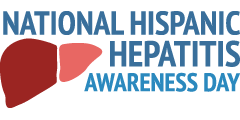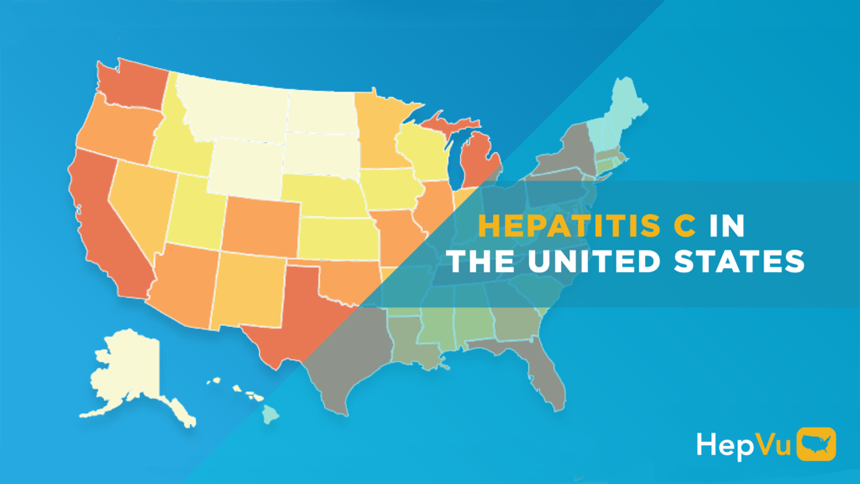Today, we are proud to announce the launch of HepVu.org, a new interactive website that visualizes the first standardized state-level estimates of Hepatitis C prevalence across the United States. HepVu’s development was guided by a group of viral hepatitis experts, and the website is presented by the Rollins Schools of Public Health at Emory University in partnership with Gilead Sciences, Inc.
HepVu provides interactive maps that illustrate Hepatitis C prevalence estimates and mortality data at the state level. Data can be visualized by rates and cases, and mortality data can be stratified by sex, race, and age. State-level Hepatitis C prevalence estimates for HepVu were derived from Emory University’s Coalition for Applied Modeling for Prevention (CAMP) modeling project, “Estimation of State-level Prevalence of Hepatitis C Virus Infection, US States and District of Columbia, 2010,” which was published in the journal Clinical Infectious Diseases.
The website also provides information about Hepatitis A, B, and C, infographics that can be shared, and information about special populations.
HepVu data reveals some striking facts. For example:
- The Western U.S. had the highest regional Hepatitis C prevalence rate, with 10 of the region’s 13 states having an estimated HCV prevalence rate above the national average of 1,700 Hepatitis C cases per 100,000 persons (2010).
- Eight states—California, Texas, Florida, New York, Pennsylvania, Tennessee, Ohio and Washington—make up more than 50% of all persons living with chronic Hepatitis C infection (2010).
- There were an estimated 1.56 million persons living with Hepatitis C in the South, the highest of any region (2010).
Our national response to viral hepatitis has been hindered by the fact that there is limited data available to monitor the epidemic locally and nationally. The public health surveillance system for Hepatitis C is not as robust as it is for other infectious diseases, like HIV, which makes it difficult to understand the scope of the epidemic. HepVu is a starting point for a conversation about the epidemic, and how we can take a comprehensive public health approach to eliminating hepatitis.
Ultimately, we hope that HepVu data will help hepatitis advocates, state health departments, policy makers, and citizens develop a more complete understanding of the Hepatitis C epidemic. We view this project as a powerful tool that can be used to communicate the Hepatitis C epidemic in a compelling way, and as resource for anyone looking to learn more about Hepatitis A, B, and C.


